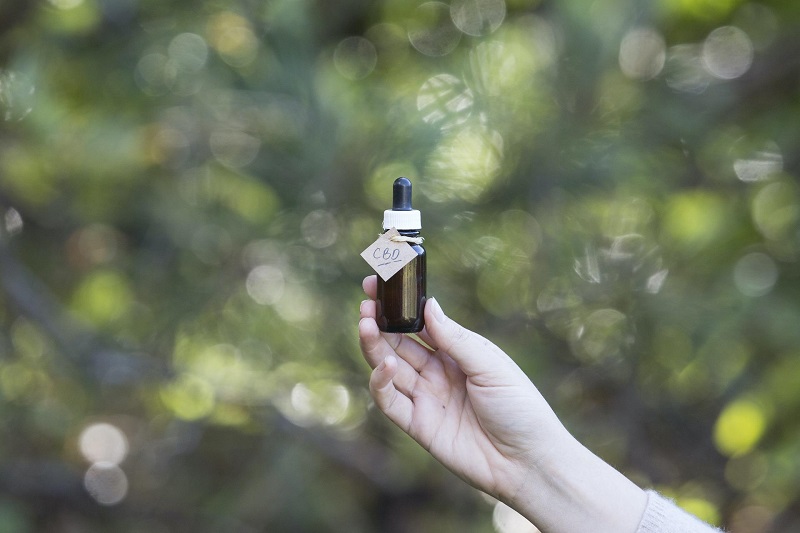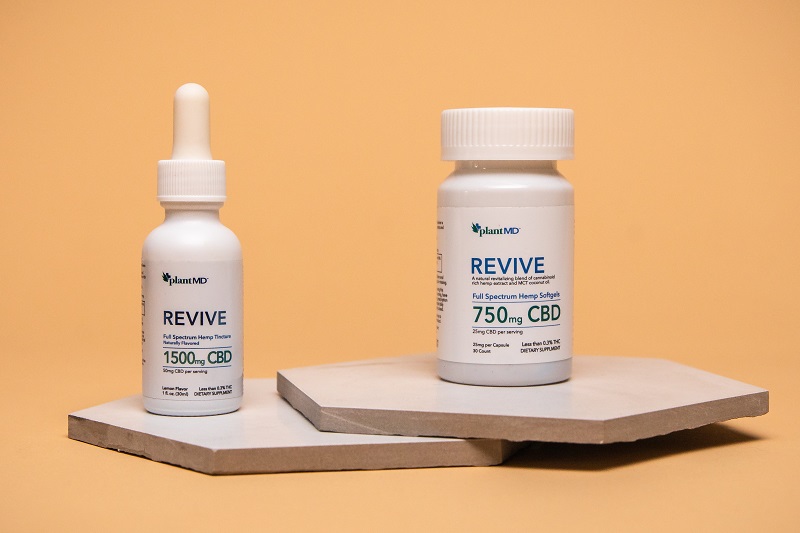CBD products should always be sourced from facilities that are certified GMP, Good Manufacturing Process. These practices are intended to help protect consumers. An overview of Good Manufacturing Practices for CBD can help us understand those protections.
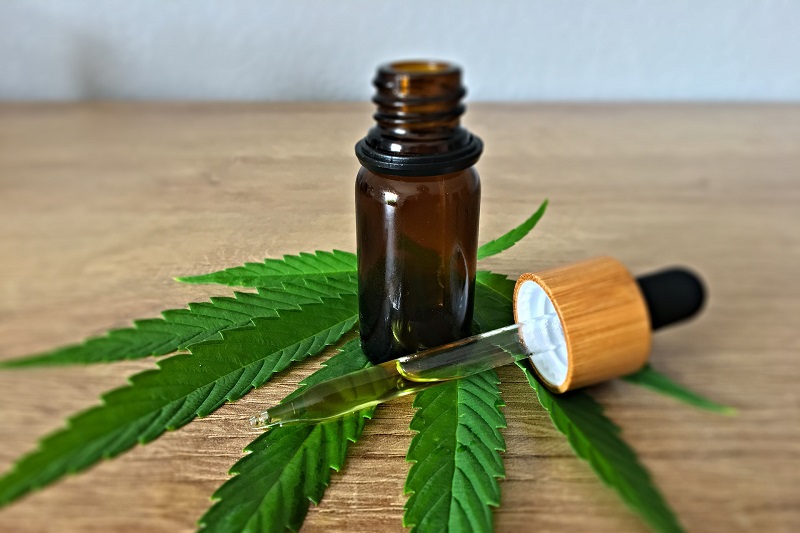
The overview of Good Manufacturing Practices for CBD may help you understand just how safe CBD is to use regularly. There are so many different benefits of CBD that have helped it become mainstream. However, becoming mainstream also means CBD is under much more scrutiny.
Consumers must keep manufacturers responsible for the products and services they provide. Every effort must be made correctly to ensure consumers get the best product possible. The overview of Good Manufacturing Practices for CBD covers every step from the farming stage to CBD extraction from cannabis and hemp plants.
However, there is more to it than simply planting in the right soil, caring for the plants properly, and keeping things clean. That’s because farming CBD is not like farming other consumable produce. It also doesn’t help that CBD still has a bit of stigma around it in uninformed circles. There is bound to be some confusion somewhere.
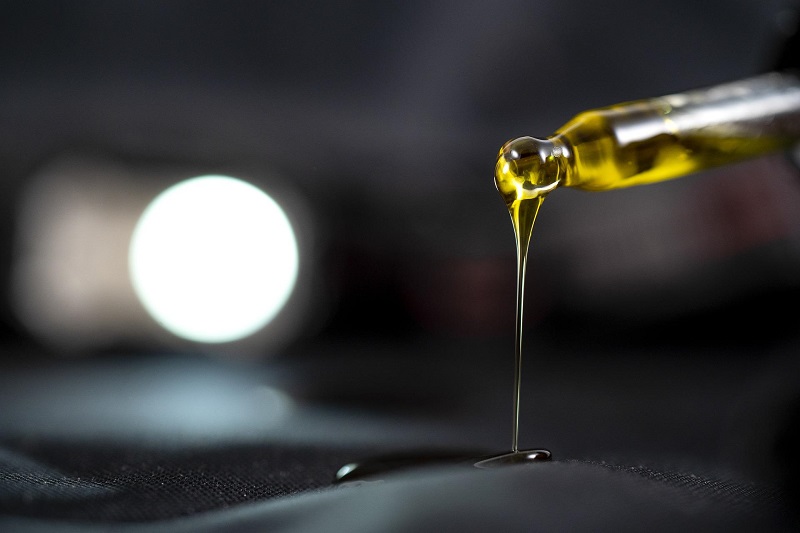
Overview of Good Manufacturing Practices for CBD | Farming CBD
The manufacturing of strong, safe CBD starts from the very beginning of the plant’s life. In fact, the soil is the essential part. The soil must be nutrient-rich and perfectly suited to provide the grower with production plants. However, the plants themselves must also be taken care of every step of the way.
For example, the seeds must be authenticated to ensure they will produce plants with low-tetrahydrocannabinol or THC. Plants must be pesticide-free, farms must have government approval before cultivating hemp, and each plant must be registered and verified.
Most people who use CBD products are not looking for a high feeling from THC. That is another reason the process is so heavily scrutinized. As you can see, even just growing hemp or cannabis for CBD purposes requires a lot of regulation.
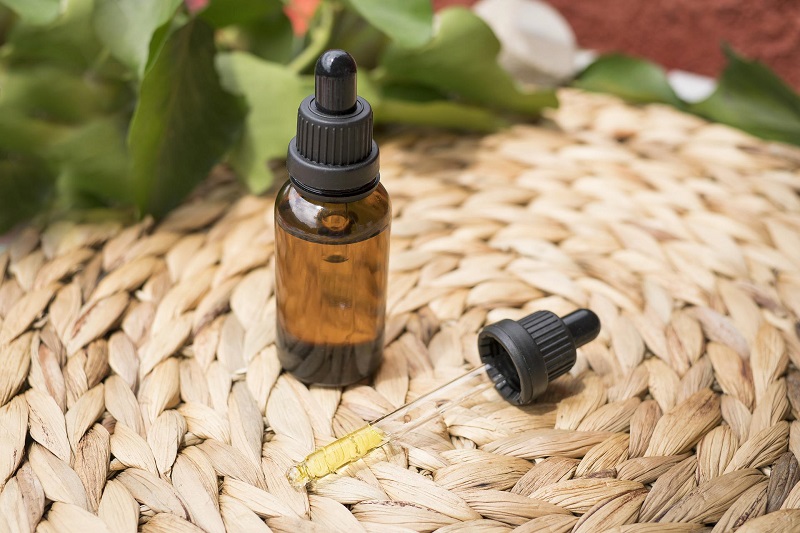
Extraction
The next step in this overview of Good Manufacturing Practices for CBD covers the extraction of the CBD itself. The most common way to extract CBD is to dry out and grind down the plants into powder. This step also removes as much THC from the CBD if a cannabis plant is used.
Carbon dioxide is combined with heat and pressure to help extract the CBD from the plant and remove the THC from the extract. Other methods can be used, like olive oil or high-quality ethanol, to help with the extraction. However, most people believe CO2 provides us with the highest quality CBD extract.
That is why CO2 is the most common extraction method, though the other ways get the job done as well.
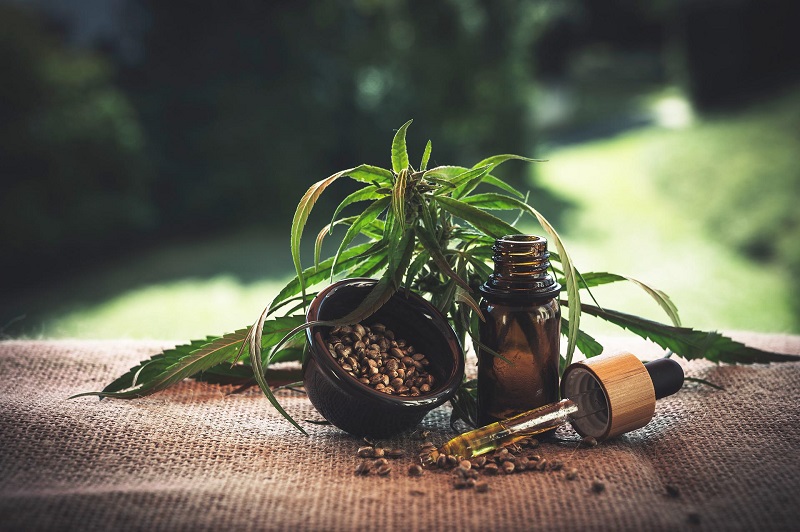
The Isolation Process
The last step of this overview of Good Manufacturing Practices for CBD focuses on isolation. CBD comes from hemp and cannabis. Hemp plants have .3% or less THC in them from the start. Most CBD manufacturers will use CBD derived from hemp plants rather than from cannabis for that very reason.
But there is still more that can be done to ensure there is even less THC in CBD products like gummies or tinctures. This step is known as isolation. The CBD must be tested using a high-performance liquid chromatography machine or HPLC.
The HPLC can accurately identify the percentage of CBD in the products and the other ingredients in the products. In fact, an HPLC can identify terpenes, cannabinoids, aflatoxins, pesticides, mycotoxins, and any heavy metals. The process will kick back any products with more than .3% THC or any other harmful ingredients for more extraction.
However, a product will receive a Certificate of Analysis or CoA if the product has passed the Good Manufacturing Process successfully. The entire process provides consumers with CBD products devoid of THC, potent CBD, and a reliable amount of CBD in each product.

